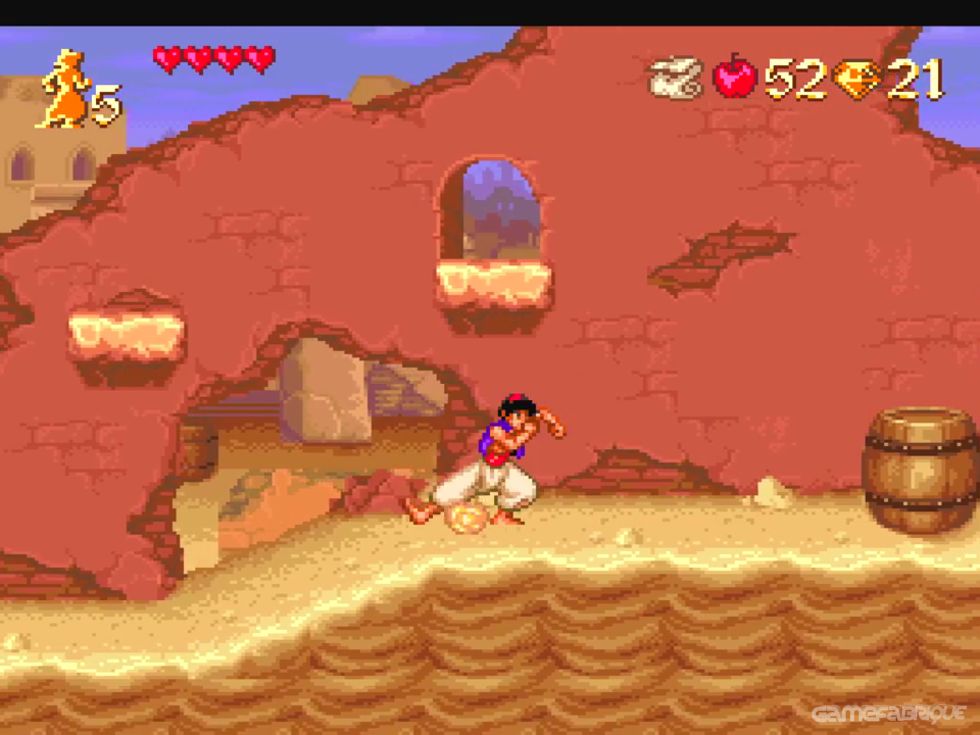

Not only were the thefts for survival, as mentioned above, but Aladdin was also never above sacrificing his food for the less fortunate of Agrabah, such as starving children. Nevertheless, though he didn't mind stealing from the marketplace denizens, albeit forcibly so, Aladdin was, in no way, a selfish character. Though he was forced to steal for survival, he showed joy in escaping the brutish guards, alongside his sidekick Abu, and showed an attempt to find enjoyment in the struggles of his day-to-day life. Personality ".a young man who, like this lamp, was more than what he seemed: a diamond in the rough." -Peddlerĭespite his upbringing, at the start of the film, Aladdin was a generally optimistic, fun-loving, and charming character. When the film underwent a rewrite, from start to finish, writers and consultants, Ted Elliot and Terry Rossio suggested the mother and concept surrounding her to be scrapped from the film, which the filmmakers agreed to, having discussed the deletion beforehand. Throughout the story, Aladdin's quest to find something greater than himself, and prove his worth, was driven by his desire to make his mother proud, famously vocalized through the deleted song "Proud of Your Boy", written by Howard Ashman and Alan Menken. Initially, Aladdin was not an orphan, but instead, a young boy living alongside his single mother in the lowest part of Agrabah. However, to keep in touch with the original concept, Keane, Musker, and Clements worked to retain a sense of youth and innocence to Aladdin through his facial design and character portrayal, prominent during the film's more comedic scenes.Īn integral part of Aladdin's story during the early stages of the film was the role of his mother. Glen Keane rectified the issue, making Aladdin a tad more muscular, with broader shoulders, and more defined features. Fox, but should instead be along the lines of Tom Cruise, in terms of appearance. Katzenberg saw the early versions of Aladdin to be along the lines of Michael J. Though directors Ron Clements and John Musker enjoyed the idea, executive producer, Jeffrey Katzenberg did not, feeling the romantic relationship between a meek Aladdin and the beautiful Princess Jasmine would come off as unrealistic, as Jasmine wouldn't find herself physically attracted to that portrayal of Aladdin. In addition, he claimed that typical Disney films have a sort of class system with their characters, such as the cartoonish sidekicks, the dramatic villains, the beautiful heroines, and the boring "Prince Charming"-type heroes that "nobody ever wanted to animate". The idea was brought upon by animator Glen Keane, who believed Aladdin, the lead of an underdog story should have a more meager, vulnerable appearance to match his role in the film's narrative. In the earliest stages of the story, Aladdin was portrayed as a much younger character - a boy, as opposed to a young man.


 0 kommentar(er)
0 kommentar(er)
